Indigenous Governance Database
elder care

Honoring Nations All-Stars Profile: Tohono O’odham Nursing Care Authority
For many years, due to the Tohono O’odham Nation’s location in the Sonoran Desert of Arizona and the sparse population, Nation members did not have ac-cess to reservation-based long-term or post-hospital care services. This was particularly true for O’odham elders. Elders admitted to the Sells Area…
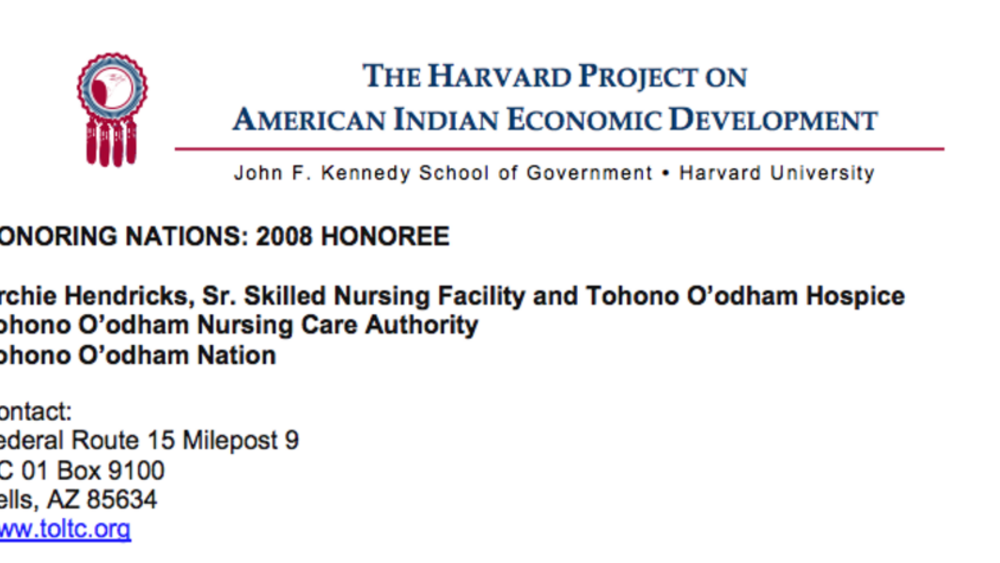
Archie Hendricks, Sr. Skilled Nursing Facility and Tohono O'odham Hospice
For decades Tohono O’odham elders in need of skilled nursing had to move far away from family and friends to receive care, or stay home and forgo long-term care services. However, with the opening of the Archie Hendricks, Sr. Skilled Nursing Facility, O’odham elders can now remain in the community…
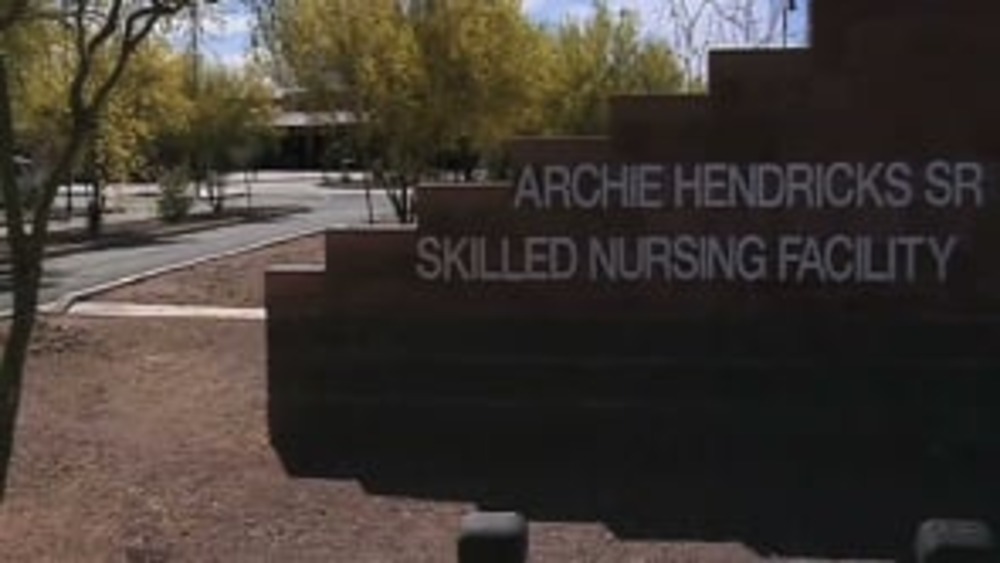
Tohono O'odham Nursing Care Authority - Our Story
This video -- produced by the Tohono O'odham Nursing Care Authority using its monetary award from the Harvard Project on American Indian Economic Development's Honoring Nations awards program -- explains the history and development of the Archie Hendricks, Sr. Skilled Nursing Facility and the…
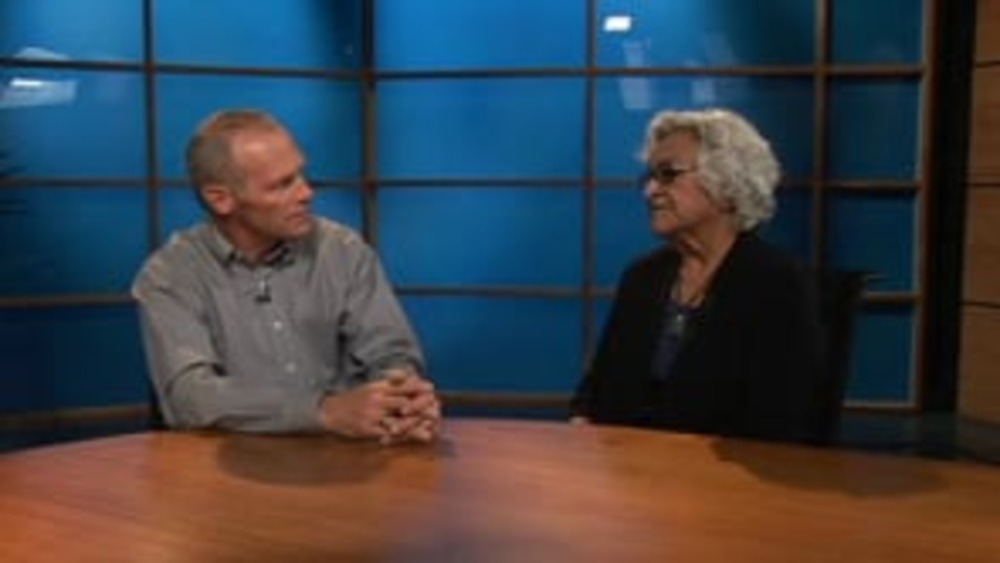
Frances Stout: Archie Hendricks, Sr. Skilled Nursing Facility and Tohono O'odham Hospice
In this interview with the Harvard Project on American Indian Economic Development's Joseph P. Kalt, Frances Stout of the Tohono O'odham Nursing Care Authority discusses what led the Tohono O'odham Nation to establish the Archie Hendricks, Sr. Skilled Nursing Facility and Tohono O'odham…
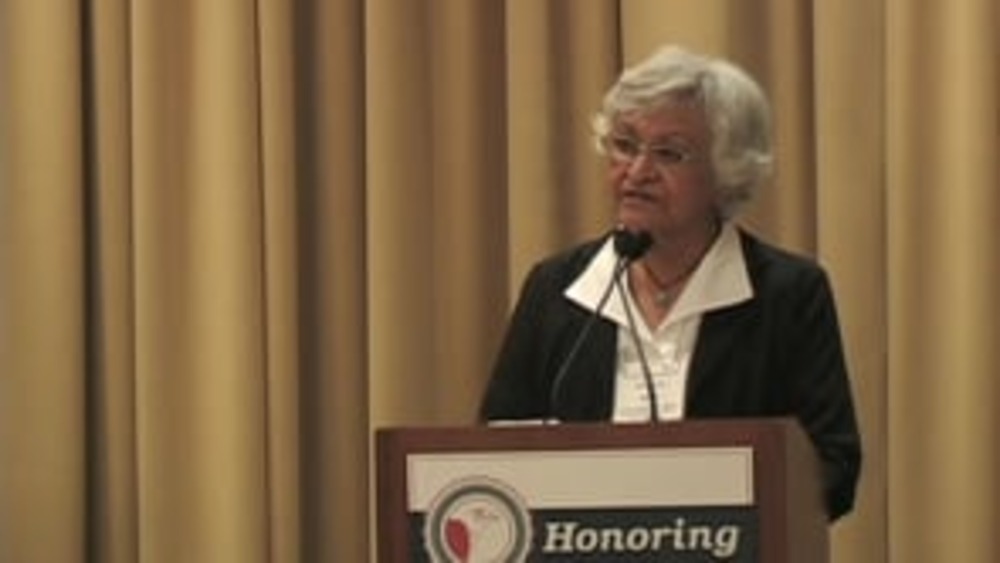
Honoring Nations: Frances Stout: Archie Hendricks, Sr. Skilled Nursing Facility and Tohono O'odham Hospice
Frances Stout, Chairperson of the Tohono O'odham Nursing Care Authority, shares the inspiring story of the Tohono O'odham Nation's state-of-the-art elder care facility.
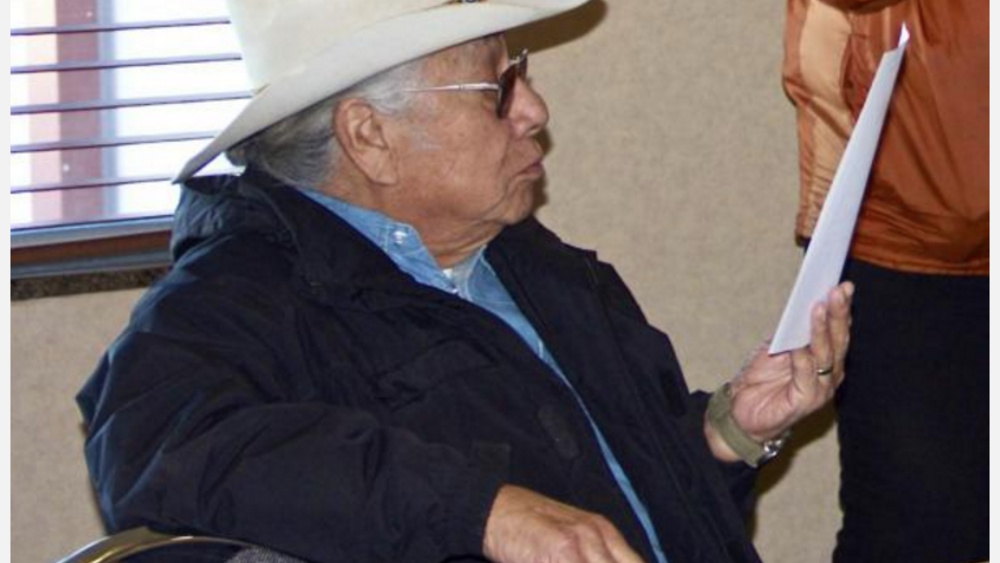
Elderly Protection Teams Work to Stop Abuse
While more than 30 tribal governments across the country have implemented elder abuse codes, some Indian communities and concerned citizens have taken a more proactive role to ensure these laws are enforced. The Standing Rock Sioux Tribal Council started the first Elderly Protection Team in Indian…
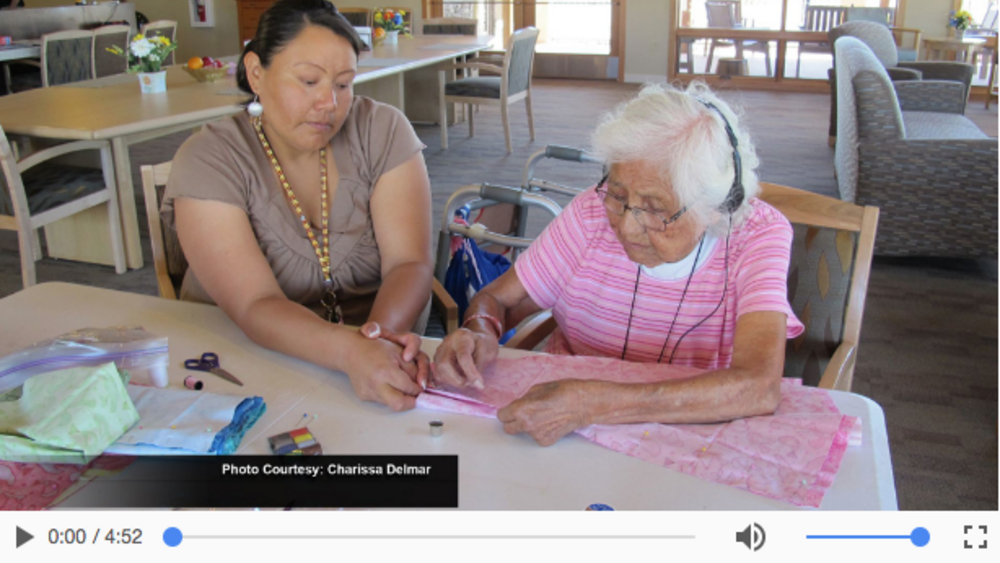
Tohoho O'odham Nation Used as Model For Tribal Governance
The Tohono O'odham Nation, which is in Southern Arizona and northern Mexico, has a tribal governance structure that other Native nations can learn from, and that's why the Native Nations Institute at the University of Arizona is featuring the tribe in some of its courses about governance. The…
